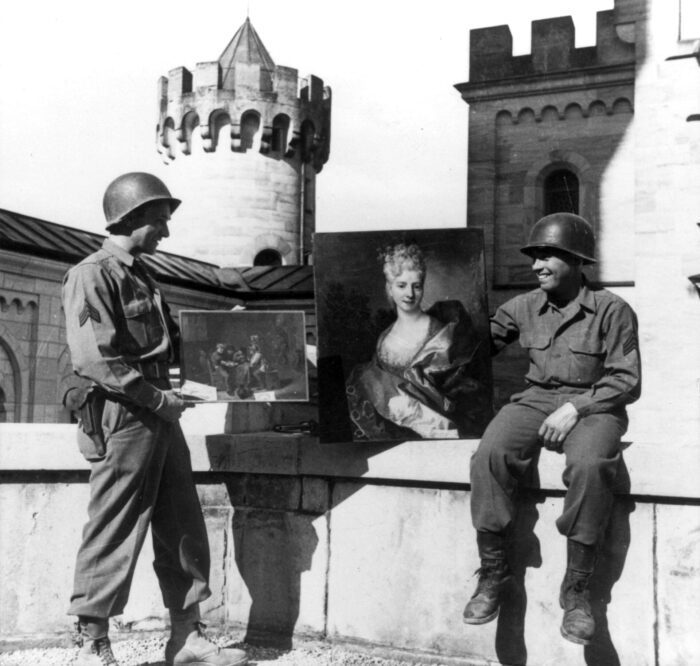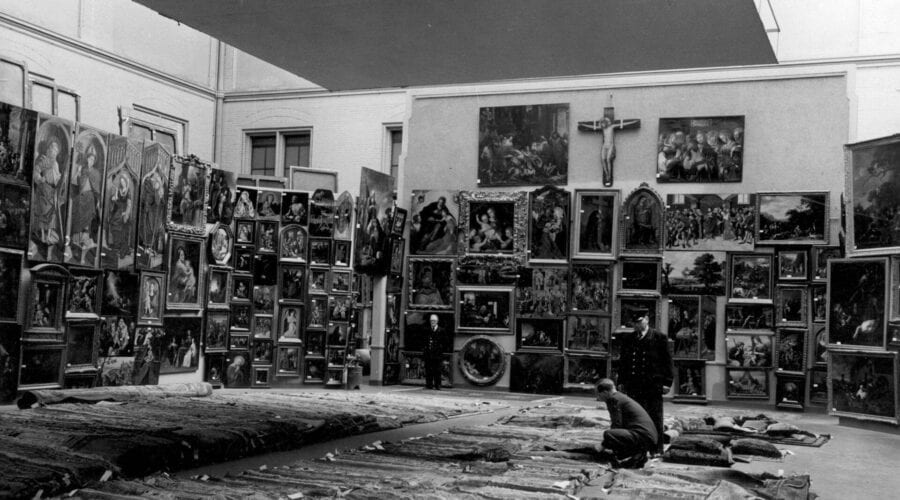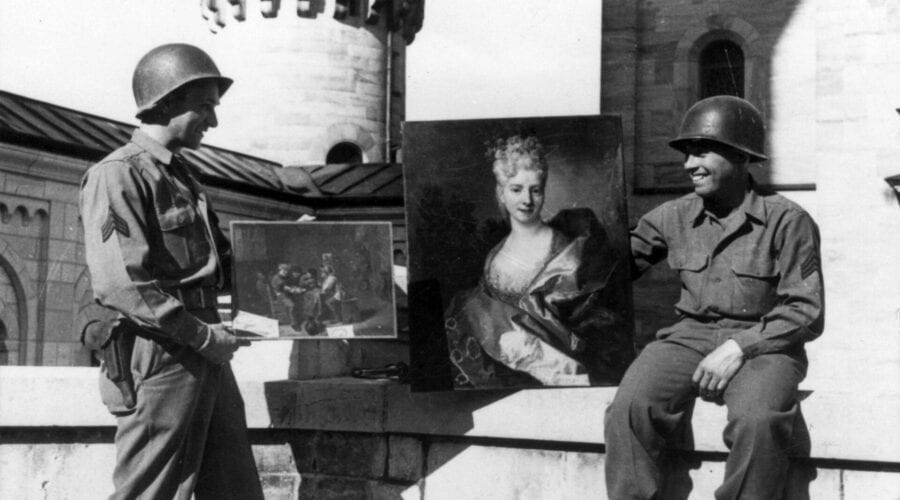Assessment framework
Dutch restitution policy was evaluated in 2020. The evaluation was conducted at the request of the Minister of Education, Culture and Science. On the grounds of this evaluation, on 22 April 2021 the Decree Establishing the Advisory Committee on the Assessment of Restitution Applications for Items of Cultural Value and the Second World War was replaced with a new Decree Establishing the Restitutions Committee. It includes the complete framework used by the Committee to assess applications relating to both the Dutch National Art Collection and other collections. This assessment framework contains three criteria: original ownership, involuntary loss of possession and acquisition in good faith.
If the Dutch State is the holder of the item of cultural value (Dutch National Art Collection), only the first two criteria apply. If there is compliance with them, the Restitutions Committee advises the Minister to restitute unconditionally.
If a party other than the Dutch State is the holder (other collections), the third criterion – acquisition in good faith – is also considered.
- If the requirements of original ownership and involuntary loss of possession are met and this holder did not act in good faith (or does not want to plead good faith), there is unconditional restitution.
- If the holder did act in good faith, the Restitutions Committee decides on unconditional restitution or on a mediated solution.
There are transitional arrangements that apply to applications that were already under consideration by the Restitutions Committee before 22 April 2021.


